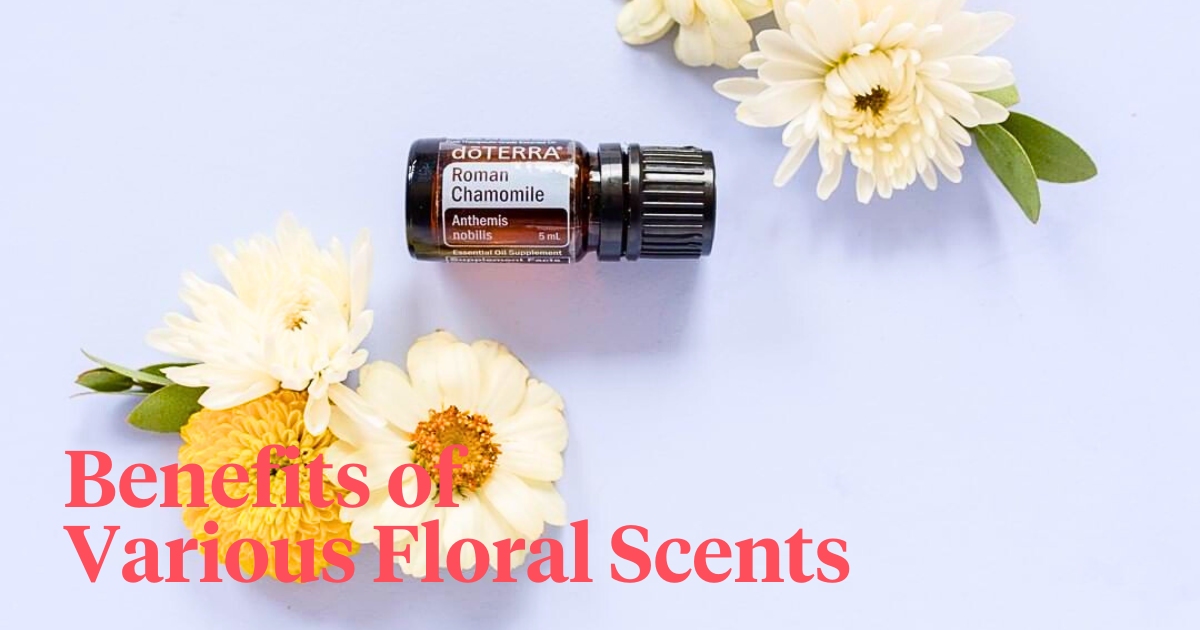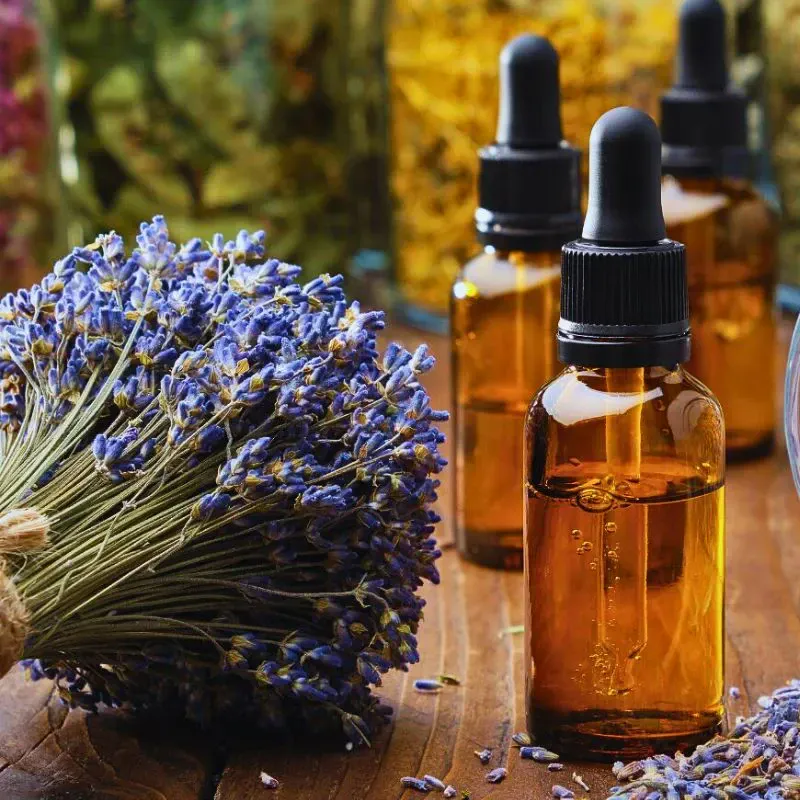In the search for holistic and natural healing methods, essential oils, coupled with the practice of aromatherapy, have become key players. These aromatic natural essences, sourced through distillation or extraction from an array of plant materials - including flowers, leaves, wood, bark, roots, seeds, or peels, capture the very soul of the plant's scent and inherent therapeutic properties. Not just perfumes but potent, bioactive substances, these oils, when correctly used, propose a gentle and non-invasive method of treatment for a variety of ailments.
The Use of Flowers in Aromatherapy
The oil diffuser is central to the use of oils in aromatherapy practice, an innovative device that allows the therapeutic aroma of these oils to fill a space- a room, an office, or any enclosed area. These devices break the oil into tiny particles, which are then dispersed into the air. The inhaled aroma is proposed to stimulate brain functions, impacting mood and well-being positively. When flowers and natural treatments come together, wonders are created. Learn more about essential oils, their therapeutic capacities, and the transformative benefits of deploying various floral scents in air diffusers.
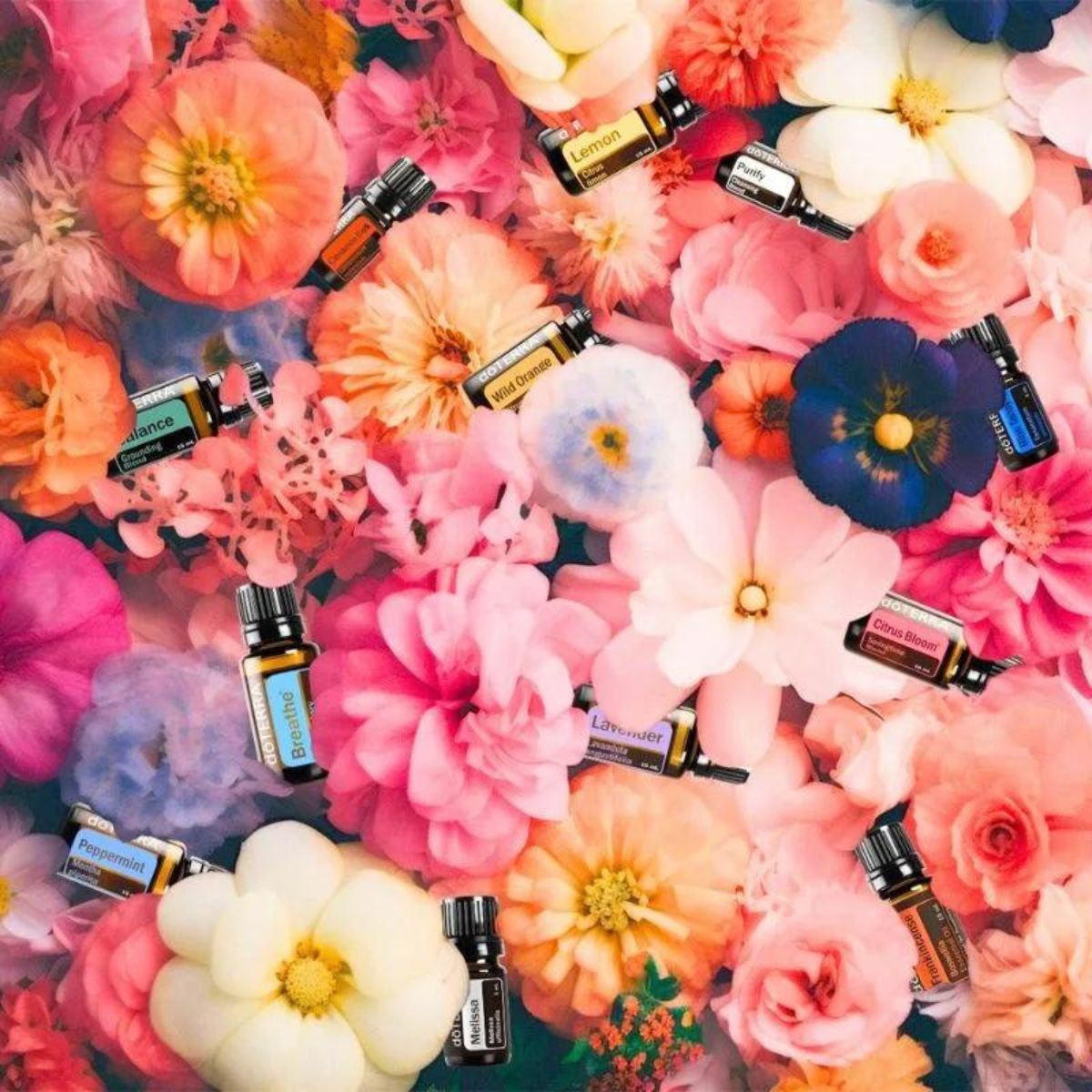
The Science of Essential Oils
Making oils is a careful and specific process; it traps the therapeutic properties of plants into a concentrated liquid. The extraction process usually involves steam distillation where steam is passed through plant material, causing the oils to evaporate. The oil and steam are then condensed back into a liquid form and separated. This method preserves the potency of the plant elements, resulting in aromatic oils.
So how do they work? Clinical studies veer towards a consensus – inhaled or applied on the skin, these oils can directly impact the brain shaping one's emotional, physical, and mental well-being. Once inhaled through the nose or applied to the skin, the volatile aromas from the oils interact with smell receptors which send signals to your brain. These signals primarily target the limbic system, an area in the brain associated with emotions, memories, and moods. This interaction changes the brain's chemistry, influencing your emotional state and bodily functions, and providing therapeutic benefits.
The Benefits of Various Floral Oils
Floral oils are not just about enchanting fragrances; they are nature's toolkit for our well-being. Each oil, from lavender to chamomile, presents special benefits for our minds and body.
Lavender Oil
It is practically synonymous with relaxation. This floral-scented oil exhibits calming effects and is commonly used in stress management. Thanks to its soothing qualities, this oil is popularly used as a natural aid for peaceful sleep, rendering it an ideal companion for your bedtime routine. Additionally, ample research points towards lavender oil's effectiveness in alleviating various forms of pain, including headaches and muscle discomfort, thus establishing it as an all-rounded addition to your wellness regime.
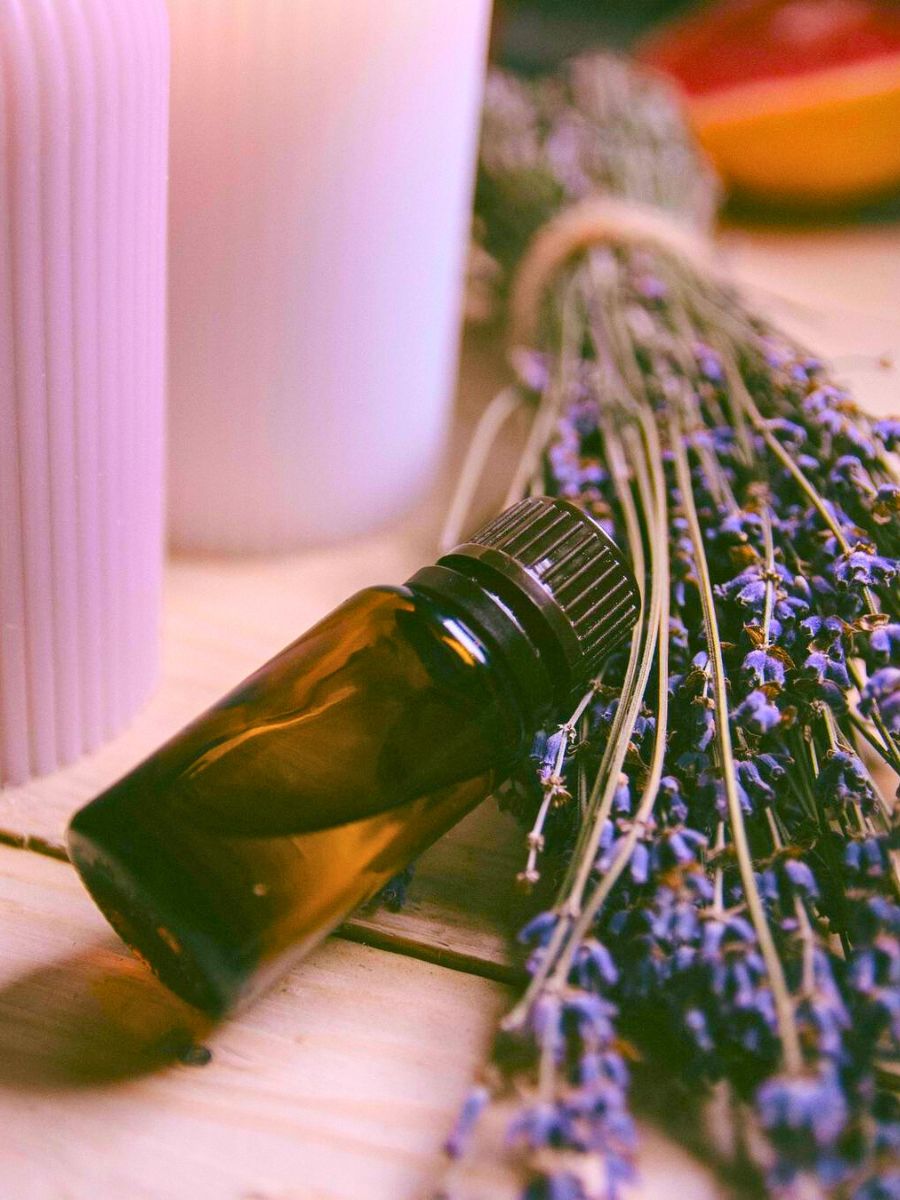
Jasmine Oil
It functions as a mood booster, uplifting spirits and promoting a positive outlook. Known as an effective stress reliever, jasmine oil helps counteract anxiety and restlessness. It's also touted for its sleep-inducing benefits, allowing you a night of restful, peaceful sleep.
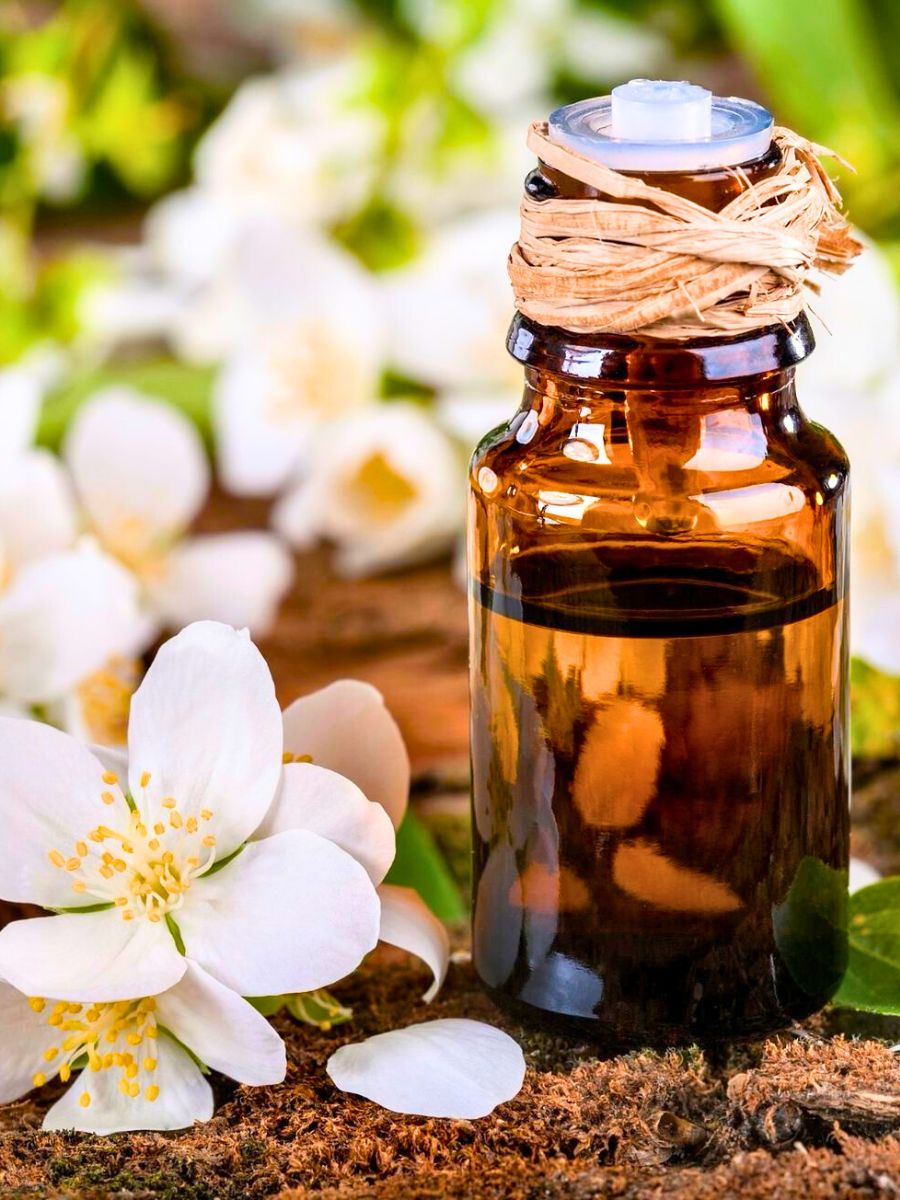
Rose Oil
Rose oil provides a double-barreled approach to stress relief. Renowned for its stunning scent, the oil is more than a delightful fragrance. It possesses calming benefits, reducing tension and promoting relaxation. It's also recognized for its potential in reducing headaches and fatigue. Rose oil is also said to balance hormones, making it a powerful ally during times of stress and hormonal changes.
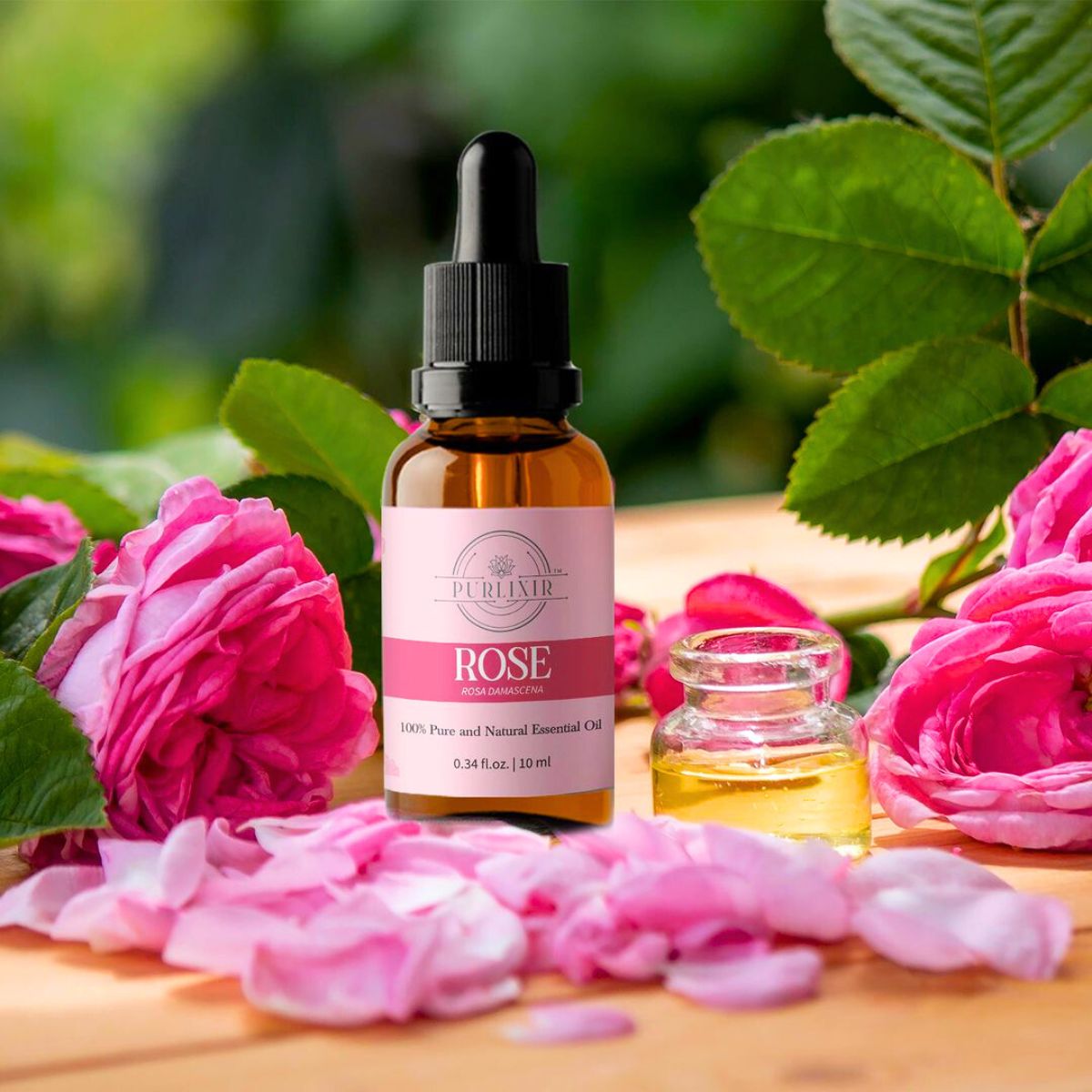
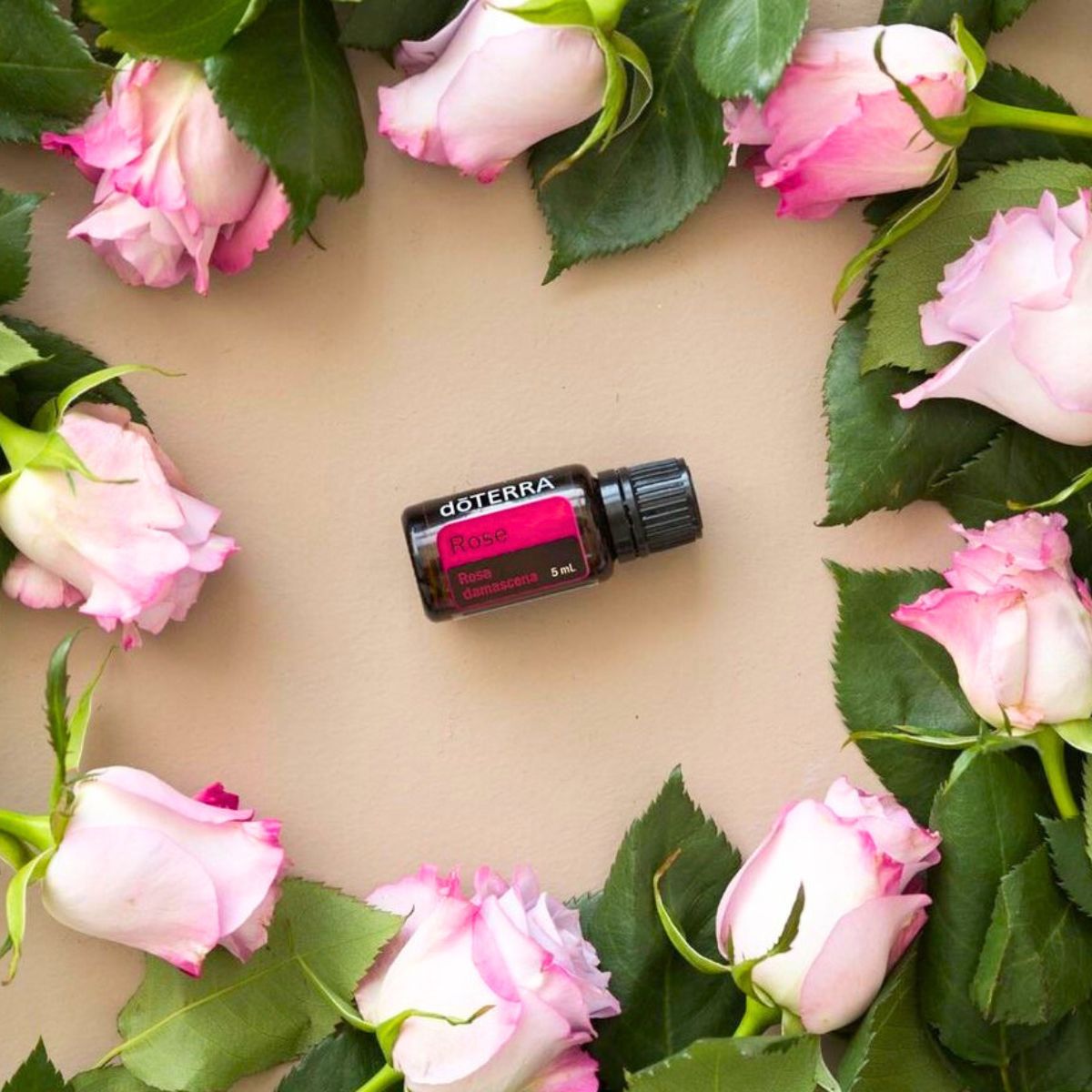
Ylang-Ylang Oil
This oil, with its compelling floral scent, is known for its calming and relaxing characteristics. Among essential oils for anxiety and panic attacks, ylang-ylang holds a prominent spot. Its ability to stimulate the release of certain neurotransmitters helps induce feelings of comfort and joy and reduces heart rate.
Chamomile Oil
Lastly, there's chamomile oil, another vital player in the world of floral oils. The soothing qualities that make chamomile tea a popular bedtime beverage extend to chamomile oil. It's often associated with calmness and improved mental well-being. Whether diffused or applied topically, it can help soothe frayed nerves, promote better sleep, and foster internal peace. Read the article 'Healing and Medicinal Plants You Can Grow at Home' to know more about chamomile and its properties.
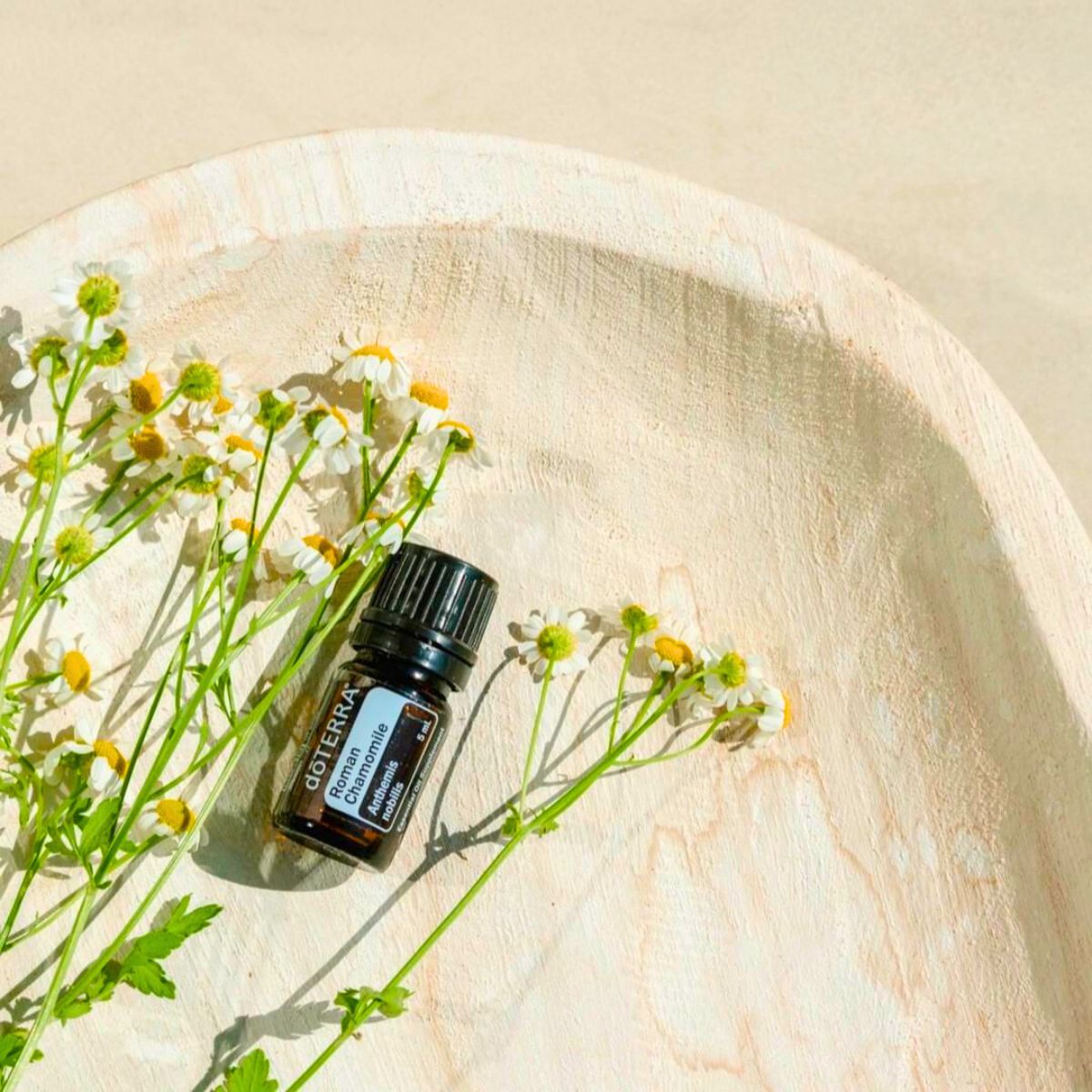
Eucalyptus Oil
Whenever we feel congested due to a cold or cough, we always try home remedies first, and eucalyptus oil is one of the best remedies. Steam inhalation with eucalyptus oil is the most effective way to relieve a stuffy nose. This oil reacts with the mucous membrane and helps to clear the congestion. It also acts as an anti-inflammatory and antiseptic to combat infections. Eucalyptus oil also has anti-inflammatory properties that help ease joint and muscle pains. This oil is also present in various analgesic ointments and is used in sprains, strains, backaches, and arthritis.
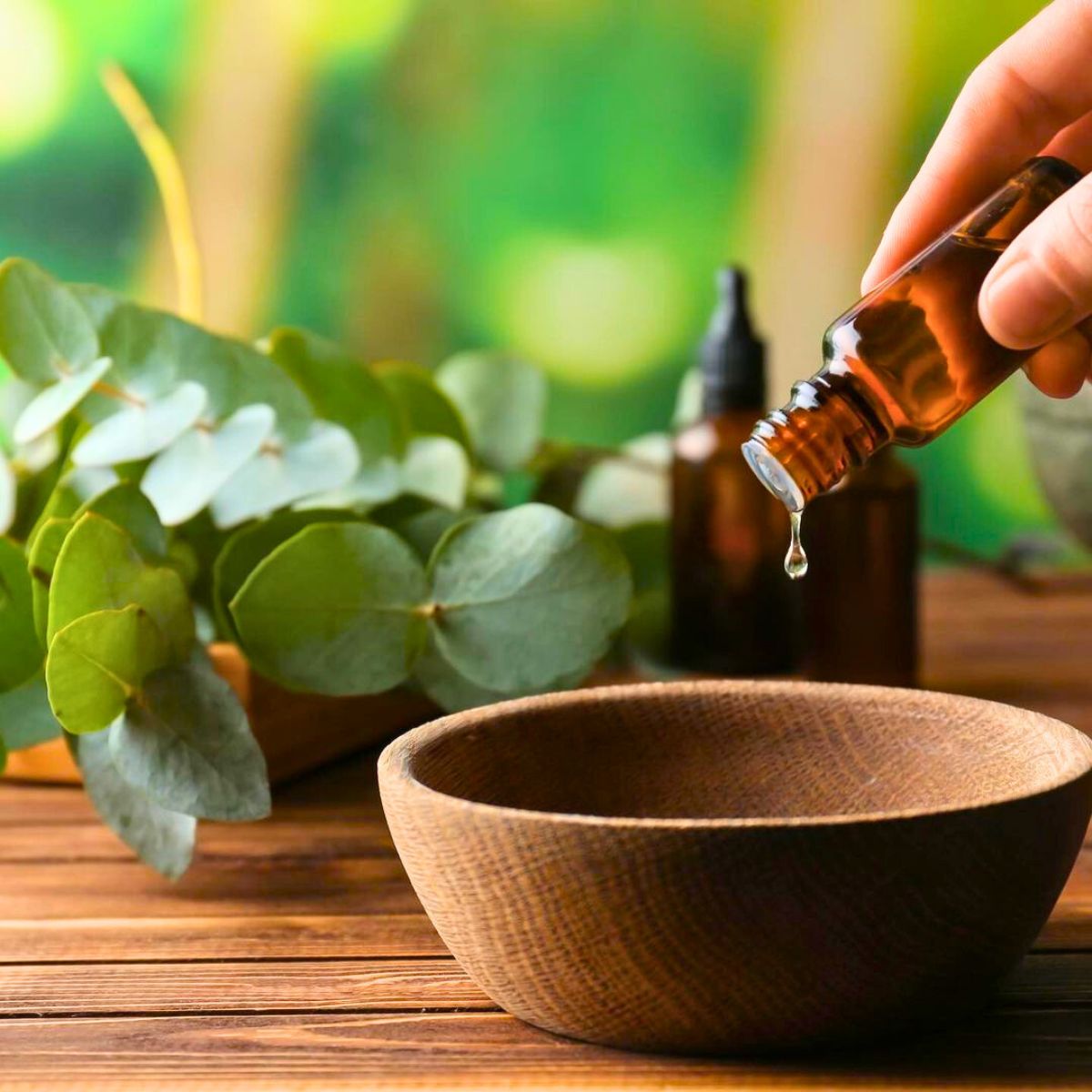
Utilizing Oil Diffusers for Enhanced Well-being
Diffusing essential oils is a simple yet effective way to tap into their many benefits. Oil diffuser serves a dual purpose — firstly, propagating the therapeutic properties of oils, and secondly, maintaining optimum humidity levels indoors. Humid air holds essential oil molecules for longer, which can increase the effectiveness of aromatherapy. Moreover, by adding moisture to the air, these devices can effectively combat the issues of dryness prevalent in many households, particularly during the colder seasons when heating systems are in constant operation. An air diffuser can significantly aid in alleviating ailments caused by dry air, including throat and nasal passage discomfort, dry skin, and even a weakened immune response to infections.
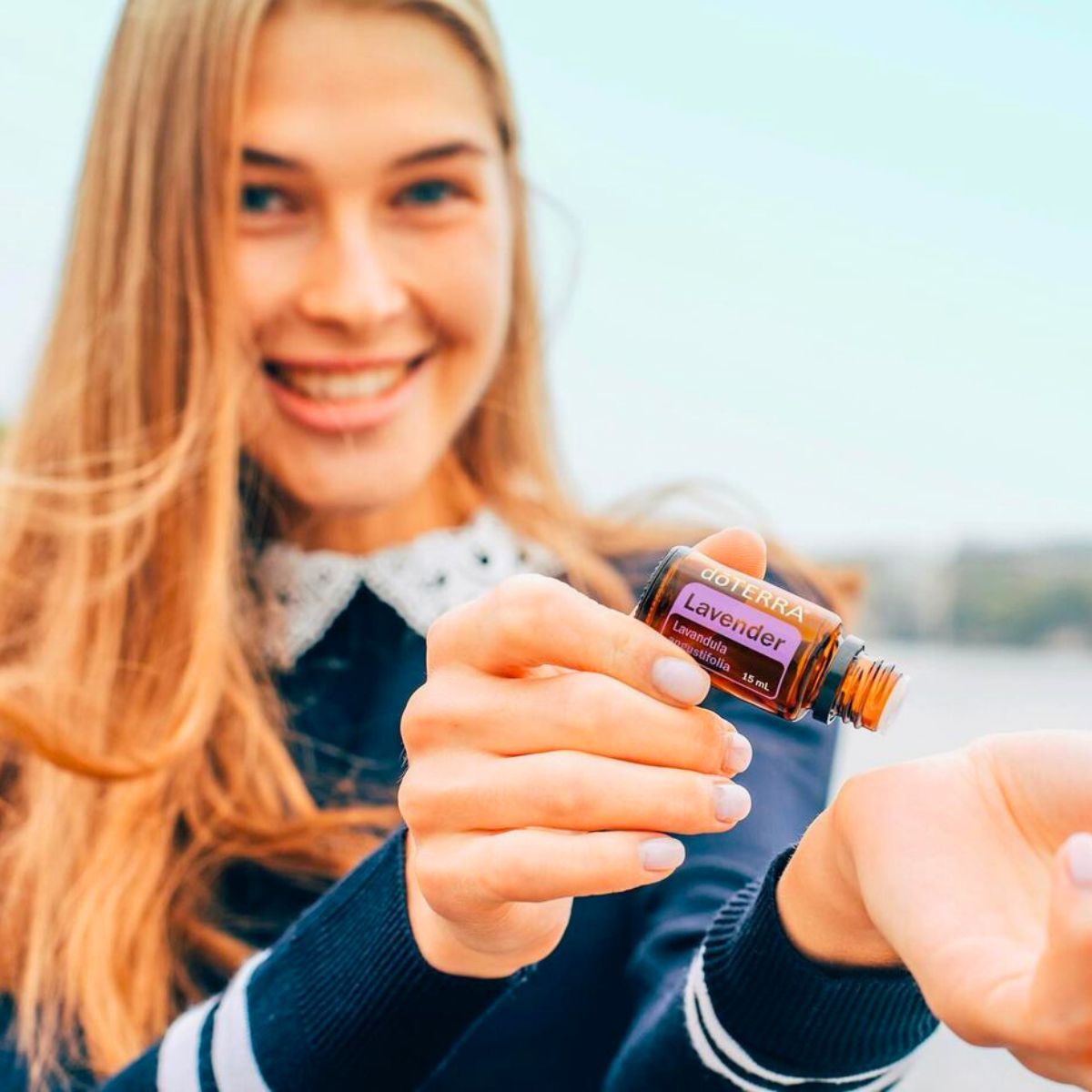
Photo: @doterra
Which of these have you tried? They're quite a popular choice of practice that brings wellness rapidly, and besides, they smell heavenly while also having floral scents that have a positive effect on our being.
Header and feature images by @doterra

